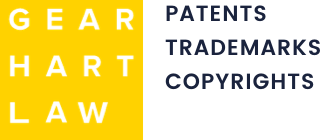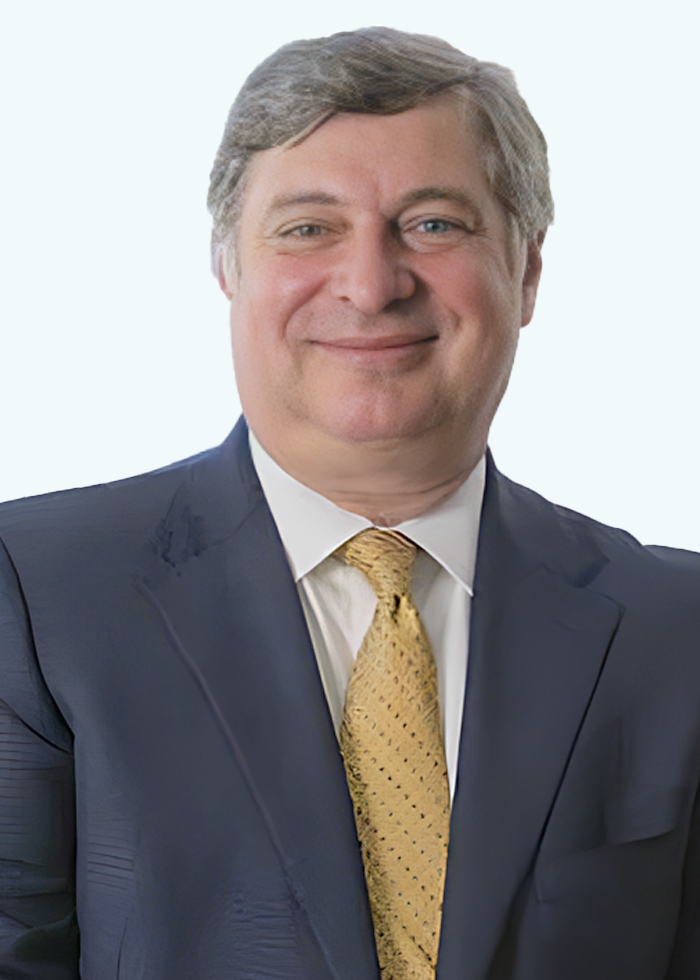Filing a Medical Device Patent
Filing a patent for a new medical device can be a long and complex process. As an inventor, it is crucial that you understand what is involved before embarking on the medical device patent process. Having an experienced patent attorney can make navigating the system much easier.
At Gearhart Law, we ensure that our client’s brands and businesses are protected and help you file your patent. To consult our knowledgeable attorneys, call us at 908-273-0700 for your free consultation.

Overview of Medical Device Patents
A medical device patent gives the inventor the exclusive right to make, use, and sell a novel medical device for a limited period, which is typically 20 years from the patent filing date. Medical devices that can be patented range from surgical tools and implants to diagnostic equipment and healthcare IT systems.
Some key things to know about medical device patents:
-
They usually cover the device itself as well as the method of using it. So your patent can prevent others both from making your device and from using it in the way you describe.
-
Applications are rigorously examined by the United States Patent and Trademark Office (USPTO), so not all inventions will be granted a patent. The device needs to be useful, novel and non-obvious.
-
Medical device patents provide powerful protection, but the process takes time – usually 2-5 years for a patent to be granted. This lag can make it hard for small companies to attract investors before the patent is issued.
-
Patents filed outside the US take effect when granted, so they do not need to wait for the US process to complete. Filing internationally can be important for medical devices.
Key Steps in the Medical Device Patent Process
Here is a general overview of what to expect if you decide to file a patent application for a medical device:
1. Conduct a Patent Search
This helps determine if your invention is truly novel. A patent attorney can search patent databases and analyze related patents to see if your device infringes on any existing ones.
2. File the Patent Application
This involved writing a detailed description of your device, submitting drawings, declaring your ownership and paying fees. A patent lawyer can handle the intricacies.
3. Requests for More Information
The patent office will likely issue one or more office actions requiring you to clarify aspects of your application and make rejections if they find prior related inventions.
4. Respond to Office Actions
Here your patent attorney can help craft arguments distinguishing your invention from prior patents cited. It may take several rounds before the patent office allows your claims.
5. Patent Is Granted
Once the patent office approves your application, you are granted a U.S. patent – typically 2-5 years after initial filing. You must pay maintenance fees at set intervals to keep the patent valid.
What Types of Medical Inventions Can Be Patented?
While laws preclude patenting medical procedures themselves, many types of medical devices have obtained patent protection, including:
-
Medical tools like scalpels, forceps, and retractors
-
Surgical devices such as ablation tools, endoscopes, and stent delivery systems
-
Implantable devices including stents, joint replacements, pacemakers and more
-
Diagnostic equipment like imaging systems, oximeters, and blood analysis devices
-
Healthcare IT and software for managing patient health records and medical imaging
-
Drug delivery systems and devices like asthma inhalers and insulin injector pens
In essence, if your medical invention meets the key criteria of being novel, useful and non-obvious, it has a good chance of obtaining a U.S. patent. An attorney experienced in medical device patents can offer guidance.
Why Should You Work with a Patent Attorney?
Filing a strong medical device patent application requires skill and knowledge. Here are some of the key benefits of working with a registered patent attorney:
-
They understand what types of inventions can realistically be patented in the medical field, and which cannot due to being already covered by existing patents.
-
They know how to thoroughly search patent databases to make sure your device is truly novel and has not already been patented by another entity.
-
Patent attorneys are skilled in drafting well-constructed patent claims that clearly establish your intellectual property rights.
-
They can communicate with patent examiners on your behalf to negotiate changes and argue against rejections of your application.
-
They stay current on the latest patent laws and precedents that may impact your application.
-
They maintain confidentiality and attorney-client privilege regarding your invention throughout the process.
Engaging an experienced patent lawyer from the outset can maximize your chances of efficiently obtaining strong patent protection.
Key Steps Once Your Medical Device Patent Is Granted
Receiving a U.S. patent does not end the process. You must take steps to enforce and leverage your new patent rights:
-
Pay all necessary USPTO maintenance fees to keep the patent active for the full 20-year term.
-
Properly mark your patented products with the patent number to notify the public.
-
Monitor your competitors and the market to watch for potential patent infringements.
-
Develop strategies to leverage your patent through licensing deals or assigning ownership.
-
Explore filing equivalent patents in other countries where you want protection.
-
Work with a patent lawyer to enforce your rights by sending cease and desist letters or filing lawsuits if needed.
Examples of Impactful Medical Device Patents
To appreciate how medical device patents have driven innovation, here are a few major examples:
-
The first implantable pacemaker, patented by Medtronic in 1957, revolutionized cardiac care by allowing patients to receive electronic stimulation without bulky external devices.
-
The first multi-lens intraocular lens for cataract surgery was patented by Dr. Gholam Peyman in 1980. His invention made implantable lenses to restore vision after cataract removal possible.
-
In 1996, IBM scientists patented a technique for using MRI to image specific molecules and biological processes in living subjects, laying the groundwork for the entire field of molecular imaging.
-
The da Vinci robotic surgery system, first patented in the late 1990s, allowed minimally invasive laparoscopic procedures to be performed with greater precision and control through robotic instruments.
-
The FreeStyle Libre continuous glucose monitoring system patented by Abbott Laboratories in 2014 provided the first long-term implantable sensor to enable real-time glucose readings without routine finger sticks.
FAQs: Key Questions when Filing a Medical Device Patent
1. What type of protection does a medical device patent provide?
A U.S. patent gives you the right to prevent others from making, selling, or using your patented invention for a limited time, typically 20 years from the patent filing date. It covers your specific device, variations on it, and the method of using it.
2. When should I file a patent application for my invention?
You should file before publicly disclosing details about your device. Avoid discussing, publishing, or even crowdfunding your invention prior to filing. You have one year in the U.S. to file your patent application after a public disclosure, but you lose your patent rights after the first public disclosure in most other countries.
3. Does software for medical devices qualify for patent protection?
Yes, software-based medical innovations like AI diagnostics, remote monitoring apps, and surgical robotics control can potentially obtain patent protection, especially when clearly tied to a tangible system.
4. Can I still get a patent if I sell my medical device first?
Selling, offering for sale, or publicly using your device more than a year before filing a patent application precludes you from obtaining a U.S. patent.
5. How are medical device patents enforced against infringers?
Once granted a patent, you can pursue legal action like cease and desist orders against competitors violating it. Damages may include lost profits and royalties. Ultimately filing a patent lawsuit may be necessary if infringers do not stop unauthorized use of your IP.
Selecting the Best Patent Attorney
We believe in keeping the patent process easy and simple for our clients at Gearhart Law. Call one of our experienced patent attorneys at 908-273-0700 today for more information.
The content herein is meant to be educational only and not to substitute for legal advice. If you have a legal question please consult an attorney.
*Powered by AI


